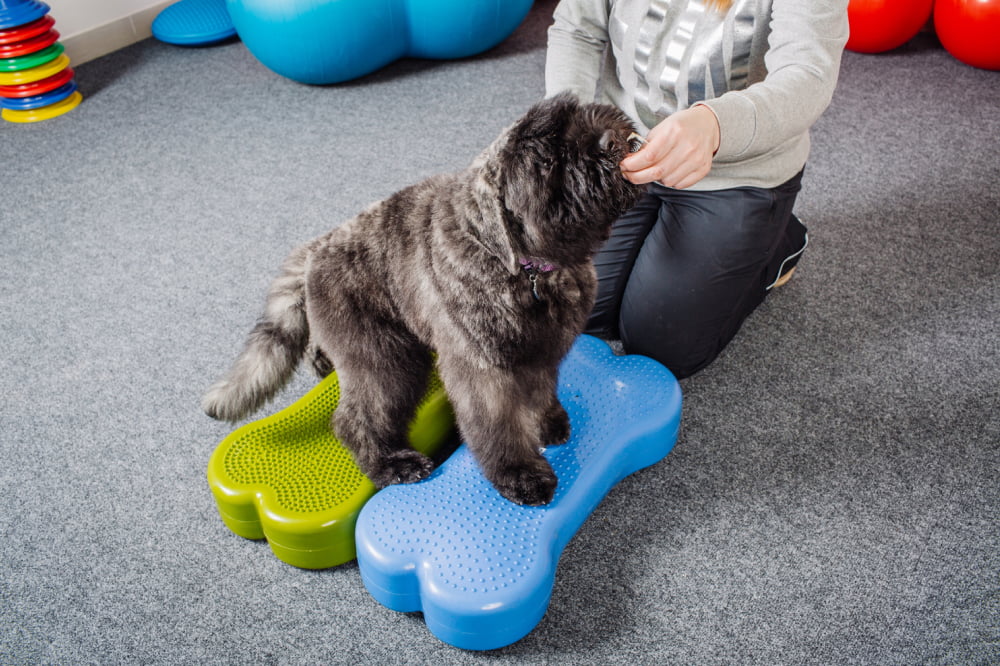
Pet training – Types, courses, and more
Pet training services are a vital part of pet ownership. This fundamental aspect of pet ownership can significantly impact the lives of your furry friends. Pet training is not restricted by age and can be initiated at any stage of your pet’s life. In this blog, we will discuss the details of pet training, its benefits, and why engaging in training services can be advantageous for you and your pet.
Why opt for pet training services?
Although some pet owners can train their animals on their own, more and more pet owners are seeking the help of professional trainers.
Unlike owners with no pet training experience, pet training centers train pets differently. When training your animal friend, a trainer avoids harsh punishments and negative reinforcement. Lack of affection from owners during the training causes demotivation and dread, endangering a pet’s psychological well-being.
Pet training services instead opt for techniques like positive reinforcement and classical conditioning to bring out positive results in your furry friend’s behavior. Hence, hiring these services is the best plan of action.
Types of pet training
There are different types of pet training available that support your animal companion’s overall growth and development. Here are some popular types of pet training that you should be familiar with.
Positive reinforcement training
Positive reinforcement training is a technique for training pets that emphasizes rewarding appropriate behavior while disregarding inappropriate behavior. One of the key advantages associated with training through positive reinforcement is strengthening the connection between the pet and its owner.
Clicker training
When a pet exhibits the desired behavior, the trainer uses the clicker to “tag” the occasion. The advantage of clicker training is that it allows the trainer and the pet to communicate in very specific terms.
Relationships-based training
One of the fundamental characteristics of relationship-based training is the emphasis on comprehending the pet’s body language, vocalizations, and other forms of communication. The trainer can establish a secure and encouraging atmosphere if they are aware of the animal’s requirements and sentiments.
Obedience training
Obedience training teaches the dog fundamental manners and commands. The likelihood of a dog engaging in harmful behaviors, such as chewing, digging, or excessive barking, is lower in well-trained and obedient dogs.
Behavioral training
This type of animal training focuses on changing your pet’s behavior, such as hostility, anxiousness, dread, or obsessive behavior.
Pet training courses
If you enjoy having pets or if you love animals, you may be interested in enrolling in pet training courses. There are numerous pet training programs available in the country. You can also look at online sites that provide different courses for animals. Some of the pet training courses offered in the country are:
Training course in behavior and obedience
Training for police K9 dogs
Service dogs course
Training for search-and-rescue dogs
Best jobs to train pets
The field of training a pet encompasses a diverse range of career paths. Besides being a professional trainer, here are some best jobs you can pursue if you are an animal lover:
Veterinarian
Horse trainer
Bird trainer
Dog trainer
Specialists in animal behavior
Pet groomer
Relationship-based dog training may benefit some owners, while positive reinforcement training may work for others. While some owners might find clicker training simple, others prefer treat-based instruction. Regardless of which training your furry friend prefers, hiring pet training services will always benefit both of you.




